The FUTURO Young Investigator Group is assembled of a diverse set of highly motivated talents, striving to address the greatest challenges of our times. A balanced team is not only important when exploring distant planets. Equal opportunites are also an important point within FUTURO. Because especially for the work around failure detection and failure prevention it is important to be as diversified as possible with regard to different ways of thinking. Only if the diversity of the human mind can be transferred to an Artificial Intelligence as a systemic characteristic, robots will be universally applicable in the future.
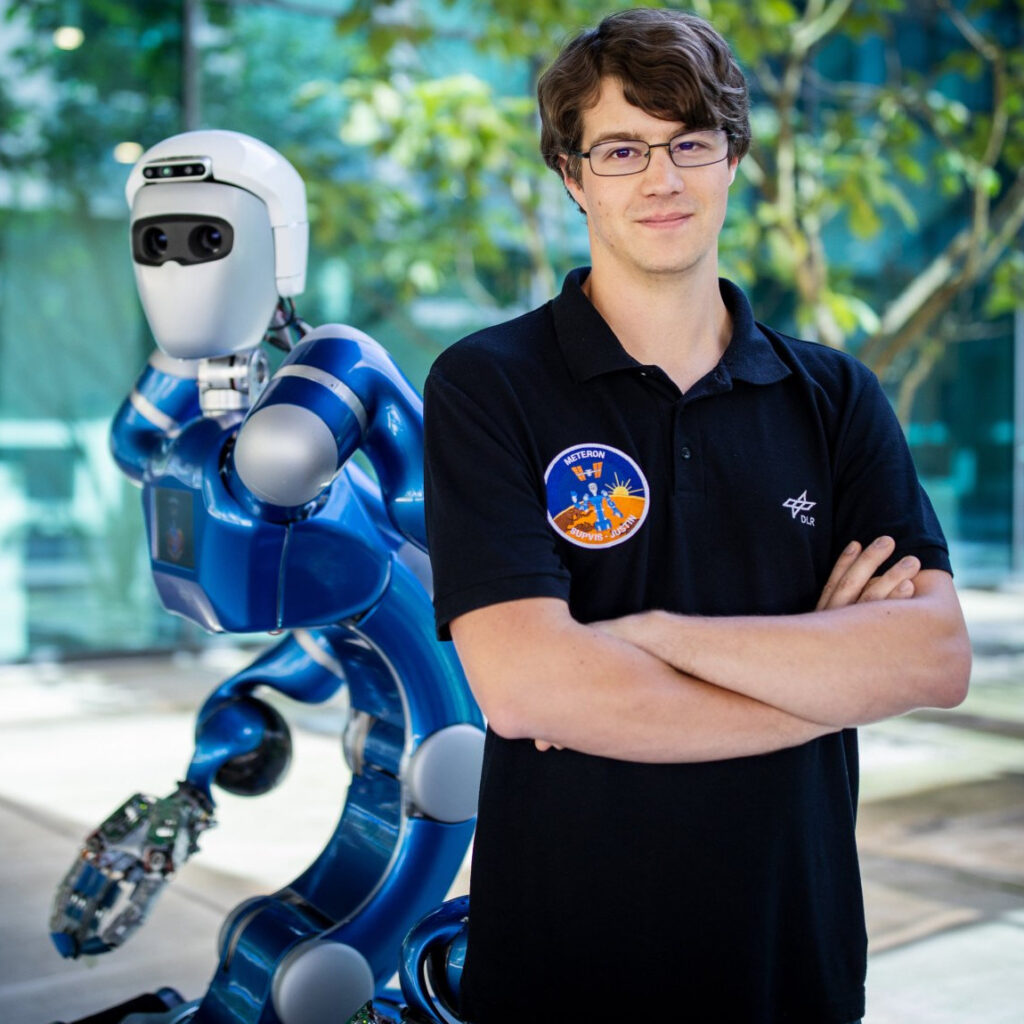
Dr.-Ing. Daniel Leidner
As research group leader, Daniel is working on the service robots of tomorrow. His methods from the field of artificial intelligence are already today pioneering in the robotic exploration of Mars. In his co-founded initiative for service robotics in life situations with limitations (SMiLE), he aims to apply the same methods to support care personnel in retirement homes. In addition, he is fostering the use of universal assitance robots for virological studies and for sustainable crop cultivation. With this, he is pursuing the vision that future robots should no longer be mere tools but in fact intelligent colleagues and assistants for space and society.

Adrian Bauer
Adrian is elaborating a PhD thesis on physics-based probabilistic state inference for fault tolerant planning. For this, he develops a multi-physics simulation framework, that allows mirroring a robots operation and tracking of multiple possible outcome possibilities at once. Using this information, the robot shall be enabled to make crucial decisions toward fault-tolerant manipulation.

Katharina Hagmann
While most of the young investigators in the group are focusing their work on Rollin’ Justin, Katharina is working on a PhD with the medical robot MIRO, where she develops methods that run in synergy with the main track. She focuses on assistance functions for operators using physics-based simulation as it is required for the overall goal of the group.
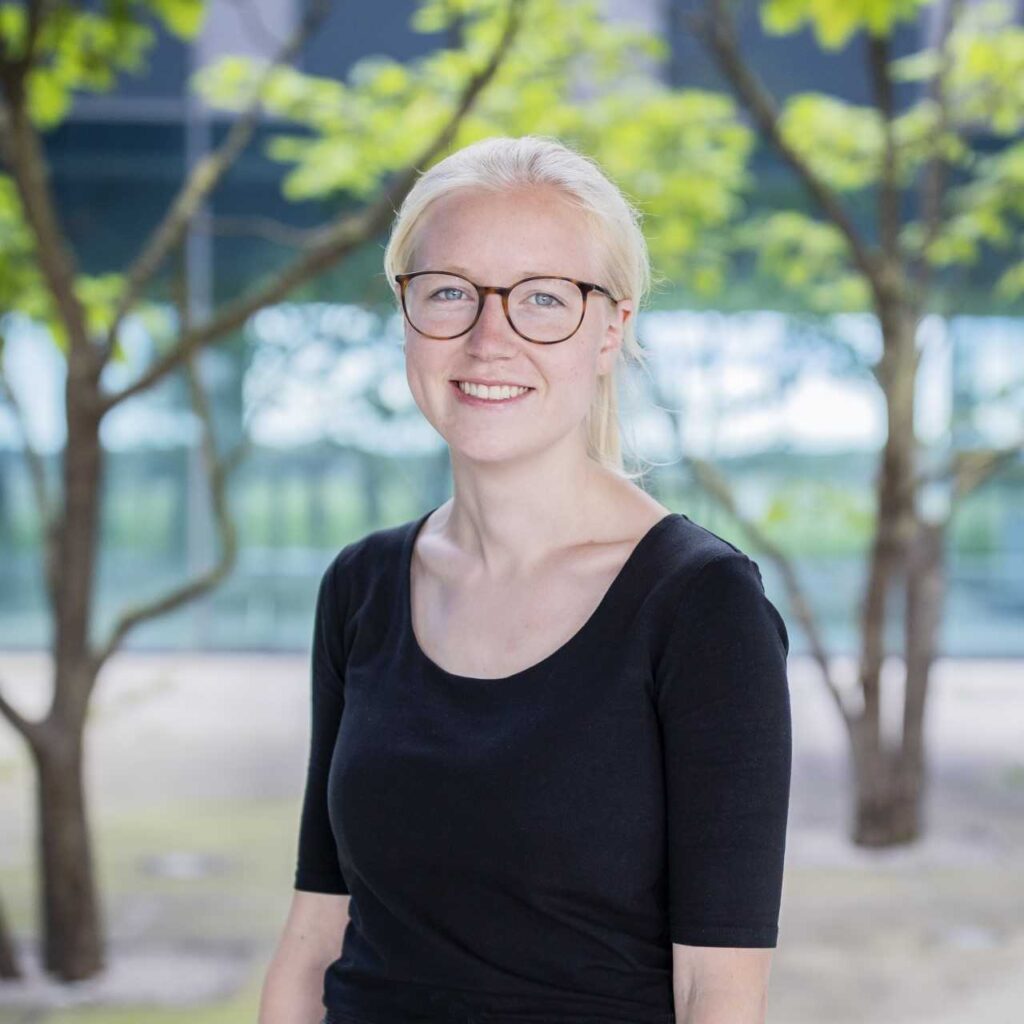
Anne Köpken
The idea behind the FUTURO project is to create generic solutions for arbitrary robots. In that sense, Anne works on the transfer of failure knowledge between multiple robots. On top of that, she will focus on the use of the failure knowledge to interupt the execution of robot actions the moment a failure happens and react based on continous information from the state inference in her Master thesis.
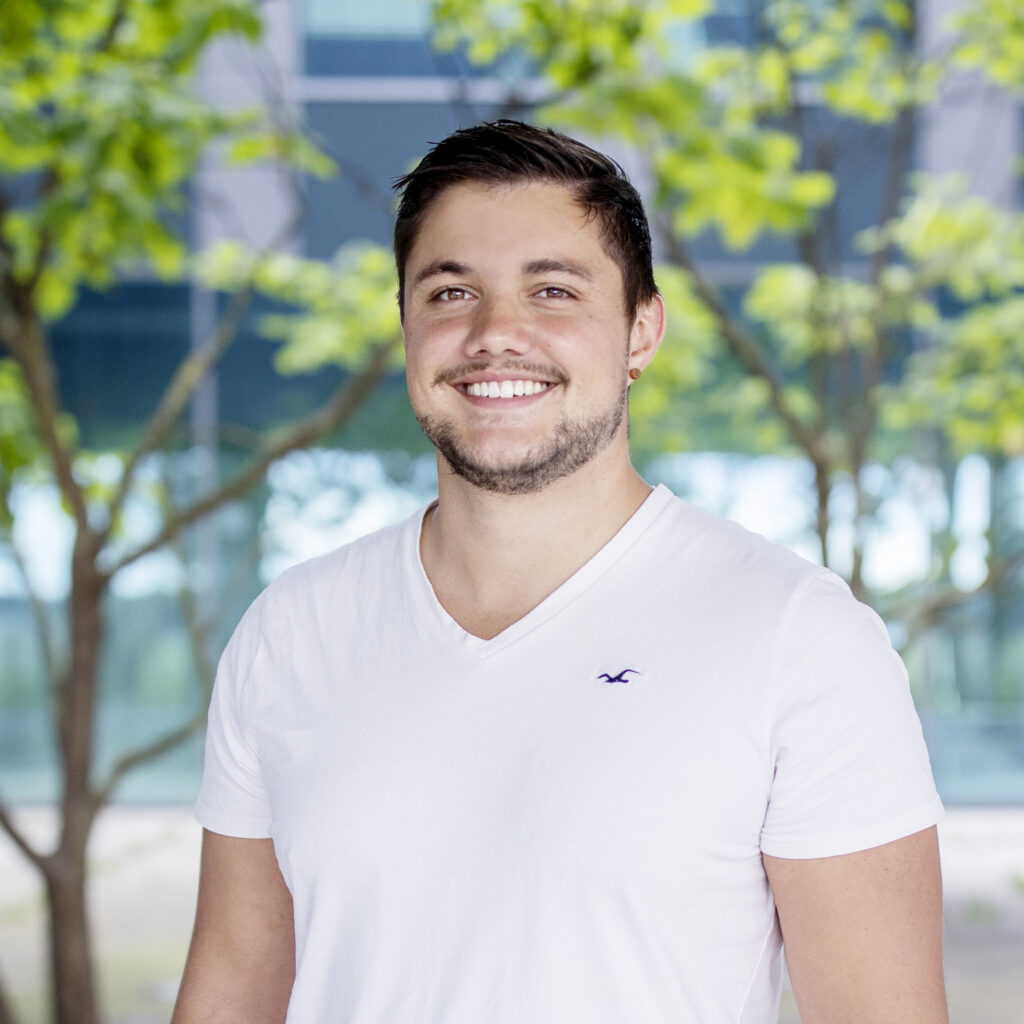
Florian Lay
The work of Florian concentrates on the automated interpretation of symbolic states by means of machine learning mechanisms. He investigated this topic during his Master thesis in order to enable symbol emergence beyond known effects. Eventually, the robot shall be able to identfy state changes as soon as an event occurs, even though the robot has never experienced a similar situation before. He remains associate member investigating the topic of symbol emergence in his PhD thesis.
Alumni
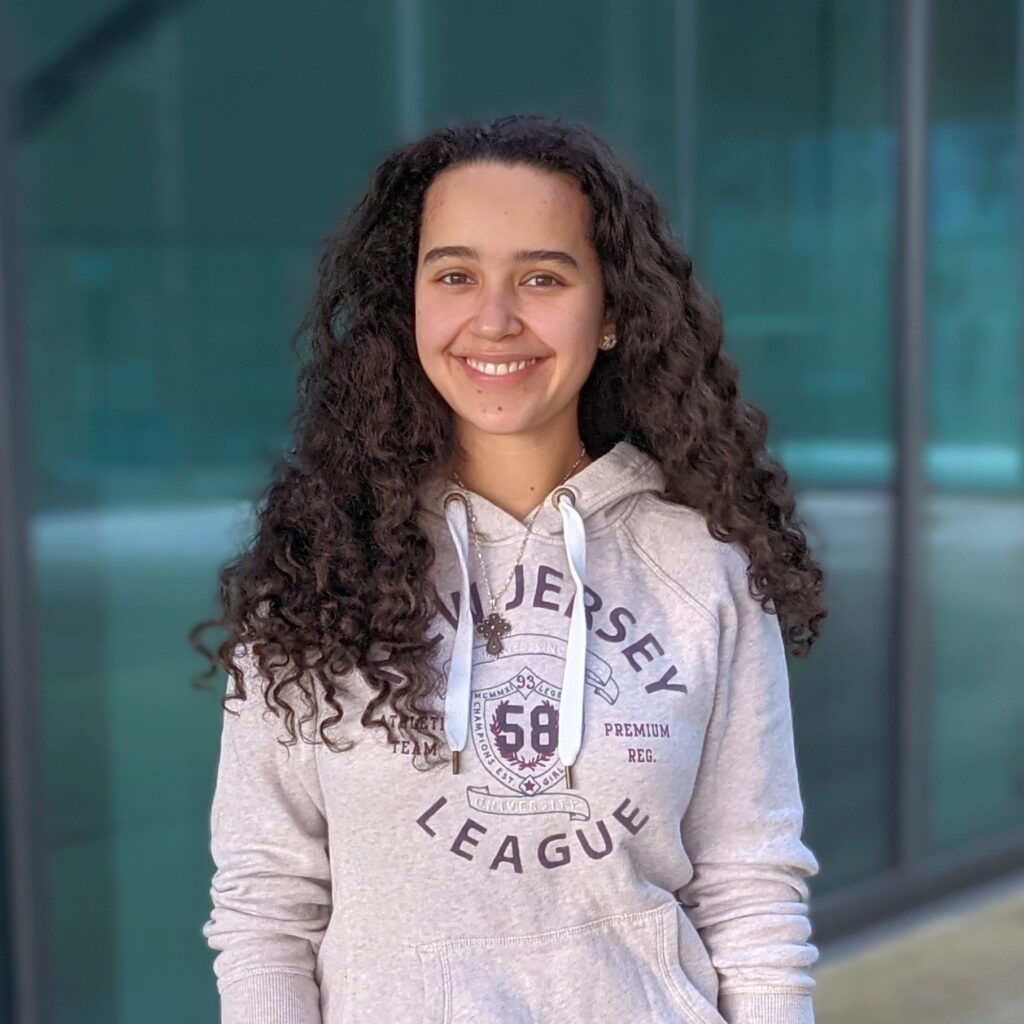
Hannah Claus
Hannah is assisting the Young Investigator Group in developing a framework for logging and data management for various robots. The tools she is developing during her working student activity will be used to develop novel mechanisms for classifying failure conditions as well as robot actions. In addition, the same tools will log data concerning the operator interface and ultimately synchronize both data streams.
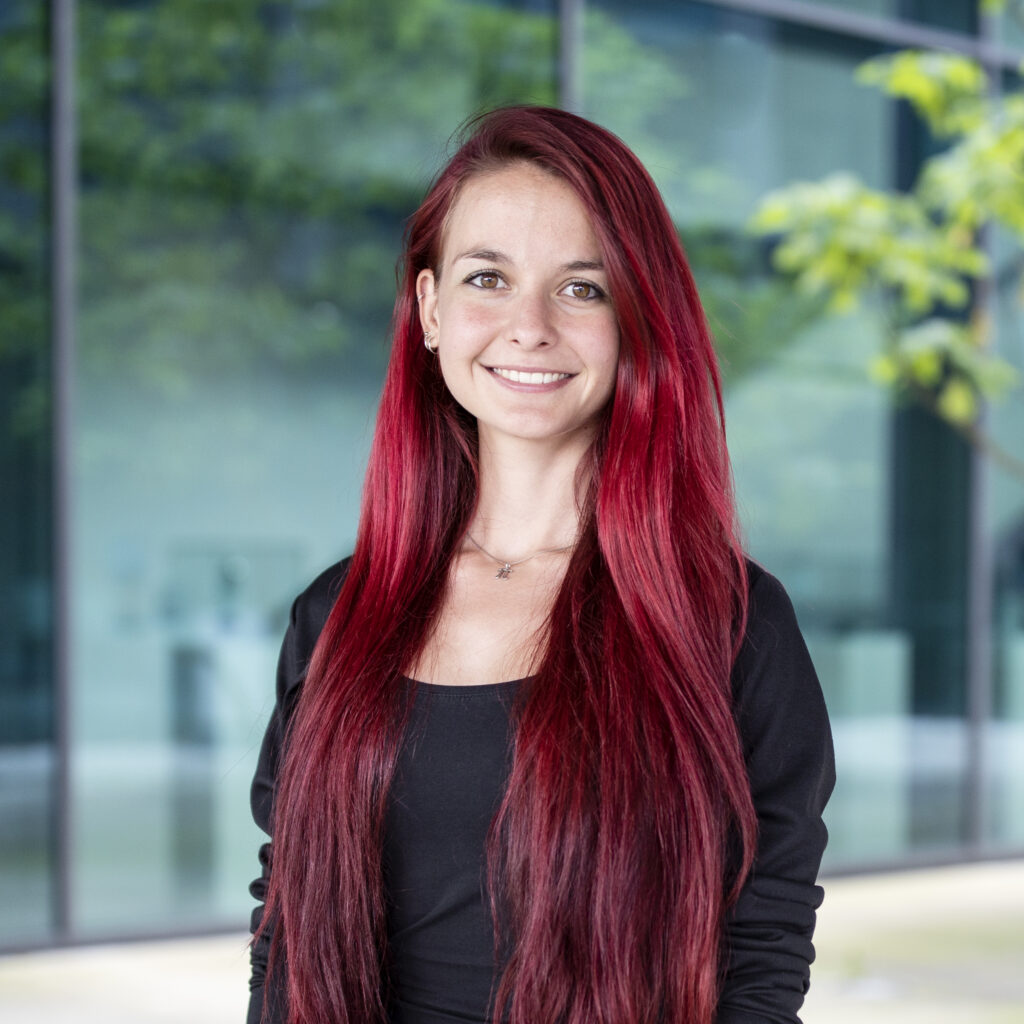
Sissy Friedrich
Sissy is pursuing her Master’s degree in collaboration with the University of Applied Sciences Munich. She is conducting her research on machine learning for failure recovery and skill acquisition within the special Master of Applied Research in Engineering Sciences program. In this sense, she will develop prototypes for all work packages to proof the proposed concepts.
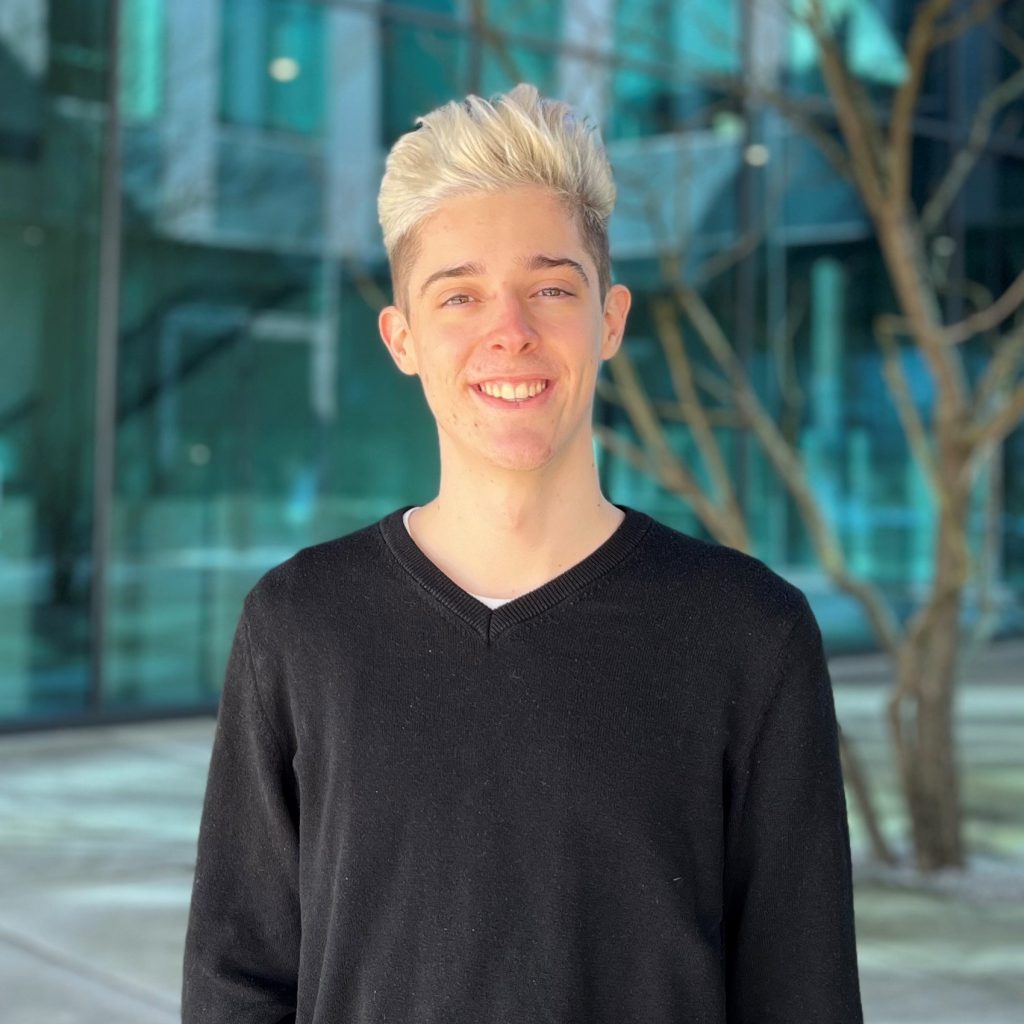
Niklas Lohmann
In his bachelor thesis, Niklas deals with the development of a digital twin model for the robot Rollin’ Justin. He integrates the Simulink controller of the robot with Gazebo, taking into account the temporal synchronization of the two processes. To account for error situations, he incorporates the system’s unique kinematic and dynamic properties, including its compliant torso structure.

Marie-Elisabeth Makohl
As part of her internship, Marie-Elisabeth is working on the implementation of standardized test cases to evaluate the newly developed time series database for heterogeneous robot data. The test cases include import functions, standard queries for data analysis and queries needed for machine learning applications as well as performance benchmarking.
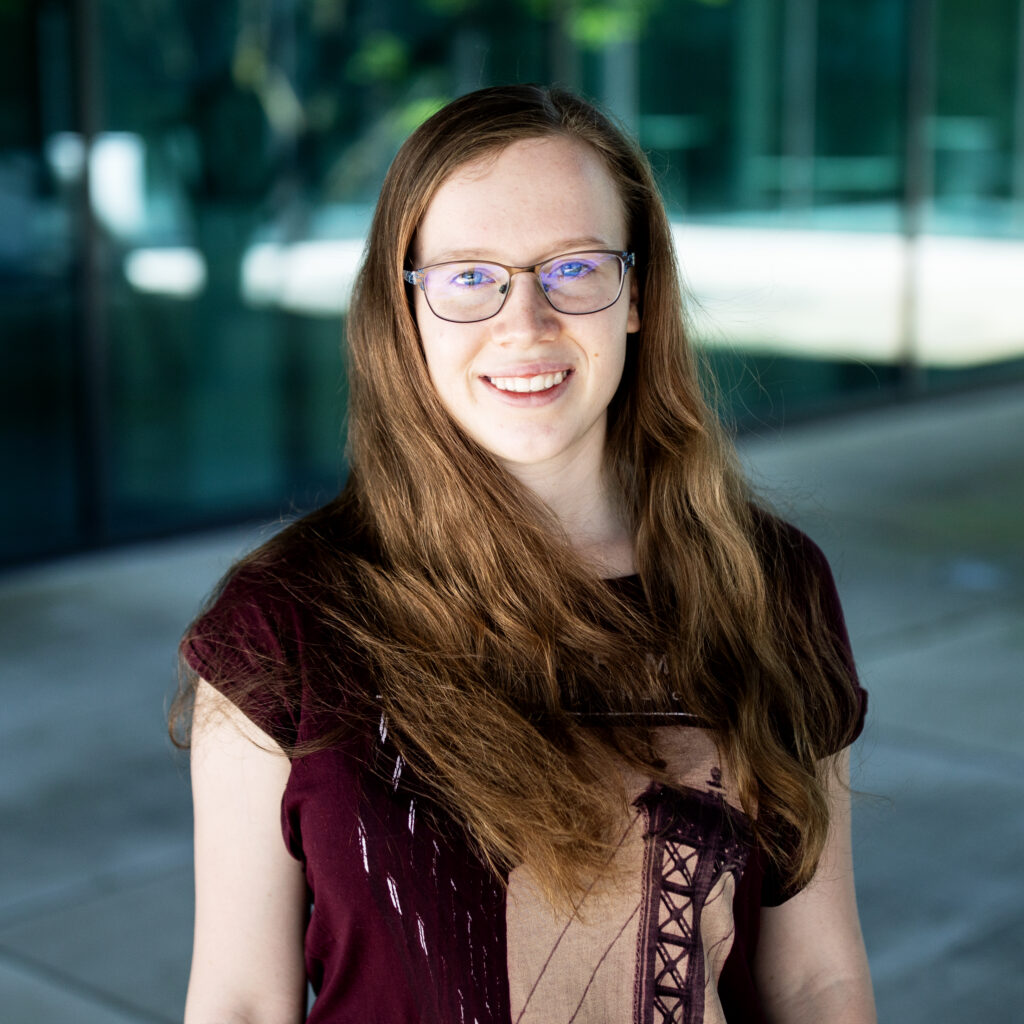
Sarah Ihme
Sarah is working during her internship on the backend for the new logging infrastructure of the FUTURO project. In particular, she is investigating different database types in terms of their suitability for managing large time series that have a loose structure and change over the robot development cycle. In this context, she is benchmarking graph databases and time series databases.

Karla Brück
Karla explores how the methods of the FUTURO Young Investigator Group can be used for the scenario of planetary crop cultivation. In this regard, she is interacting with the Institute of Space Systems in Bremen, where she integrates her findings within the EDEN ISS Future Exploration Greenhouse, a greenhouse container for crop cultivation in Antarctica.

Justine Probst
A robots environment and the states of the objects within needs a feasible and efficient representation. Justine focuses on how the world around the robot could be modeled by a probabilistic database. This will provide the prerequisite to predict the outcome of the robot by means of probabilistic reasoning technologies and is therefore a core contribution for the Young Investigator Group.
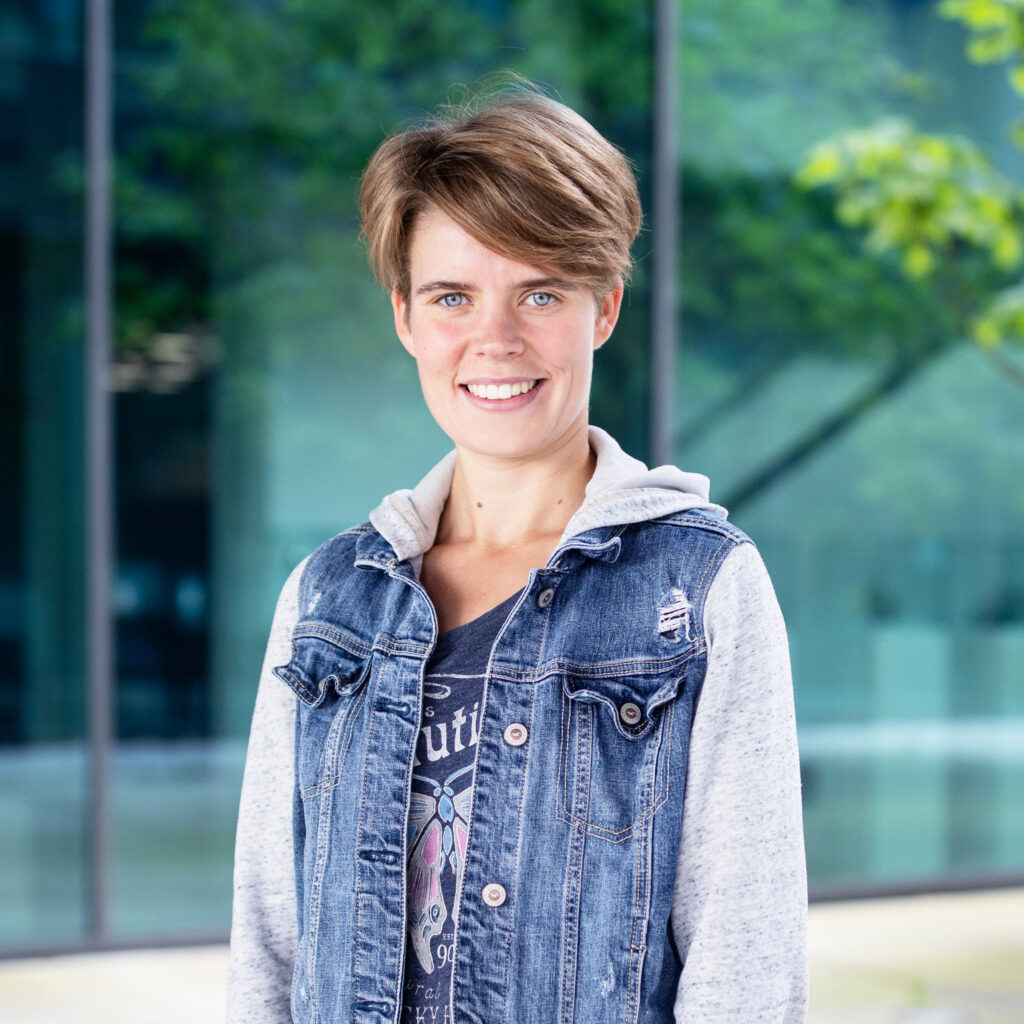
Rebecca Richter
Rebecca investigates the use of physics simulations to estimate the effects of a robot’s interaction with its environment. Her goal is to mirror the movements of a robot in the simulation as it is controlled via force feedback telepresence to explain the what and why behind user input. To achieve this goal, she integrates the AMBF simulation on the MIRO robot within her Master thesis.